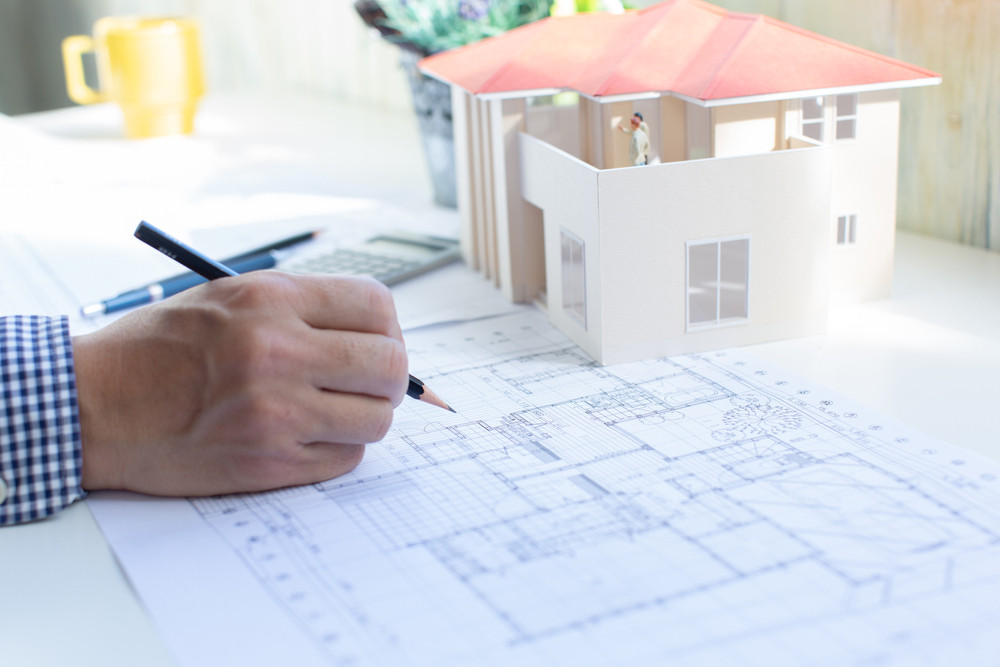Exactly How CDA Architects Supply Cutting-Edge Solutions for Sustainable Style
Exactly How CDA Architects Supply Cutting-Edge Solutions for Sustainable Style
Blog Article
A Thorough Overview of Architectural Styles and Their Influence on Modern City Planning and Development
Architectural styles have actually long acted as a mirror to the social worths and technical innovations of their time, playing an important function in forming modern-day city preparation and growth. From the majesty of Neoclassicism to the practical method of Brutalism, each style has introduced distinct concepts that influence urban looks and capability. As modern difficulties develop, including sustainability and neighborhood needs, understanding these historic structures ends up being necessary. The resulting dialogue not only informs future layout methods however also raises pertinent inquiries concerning the balance between heritage and technology in our advancing city landscapes.
Historical Summary of Architectural Designs
:max_bytes(150000):strip_icc()/Buildingdesigns-GettyImages-912482942-db55b3af711044a3a42ad1040c6711a9.jpg)
As cultures transitioned with the Middle Ages, Gothic architecture arised, identified by its verticality and complex outlining, mirroring the spiritual desires of the period. The Renaissance marked a revival of timeless suitables, merging art and style in cutting-edge methods that affected subsequent designs across Europe.

Today, architectural designs remain to progress, driven by globalization and sustainability problems, reflecting a vibrant interaction between heritage and advancement. This historic overview highlights the value of architecture as a mirror of societal advancement and as a catalyst for metropolitan growth.
Trick Architectural Styles Explained
The diversity of architectural styles mirrors the myriad impacts that shape our built atmosphere, each personifying unique attributes and social values. Key building designs consist of Classic, Gothic, Baroque, Modernism, and Postmodernism, each representing unique historic contexts and visual ideologies.
Classic style, rooted in ancient Greece and Rome, stresses symmetry, percentage, and the usage of columns (cda architects). In comparison, Gothic architecture, thriving in the center Ages, is defined by sharp arches, ribbed vaults, and flying buttresses, producing a spiritual top quality in sanctuaries. Baroque style, arising in the 17th century, is noted by majesty, intricate embellishment, and a vibrant interaction of light and shadow
Modernism, which acquired momentum in the very early 20th century, focuses on feature over type, making use of brand-new materials like steel and glass to create minimalist frameworks. Postmodernism, responding versus the austerity of Modernism, embraces eclecticism and historic referral, usually including lively elements and irony.

Influence On Urban Preparation
In forming the growth of cities, architectural designs dramatically affect urban planning decisions. The choice of architectural style commonly determines the visual appeals, performance, and general character of urban settings.
In addition, building designs can influence zoning regulations and land use policies. Urban planners must consider the prevailing building fads when making areas, making certain that brand-new growths balance with existing frameworks. This consideration fosters cohesive urban landscapes and boosts area identification.
The application of particular architectural styles can additionally influence socioeconomic aspects within a city. For instance, high-end contemporary layouts might draw in affluent residents and businesses, bring about gentrification, while extra economical housing solutions could prioritize practical and lasting styles to accommodate varied populations. Ultimately, the interaction between building styles and city preparation creates vibrant cities that show both historical context and modern requirements, forming the lived experiences of their occupants
Sustainability and Modern Architecture
Building styles play a crucial role in resolving contemporary obstacles, especially in the realm of sustainability. As city locations expand and ecological worries heighten, modern architecture increasingly embraces lasting layout principles that focus on power efficiency, source preservation, and minimal environmental influence.
Contemporary architectural motions, such as biophilic layout and green design, supporter for frameworks that harmonize with their surroundings, using all-natural products and promoting biodiversity. These styles commonly include renewable resource resources, such as photovoltaic panels and wind generators, to decrease reliance on nonrenewable fuel sources and reduced carbon impacts.
In addition, the integration of sophisticated innovations, such as clever structure systems, boosts power management, optimizing resource usage while guaranteeing passenger convenience. Cutting-edge water monitoring approaches, including rain harvesting and greywater recycling, further contribute to sustainable urban environments.
Notably, sustainability expands past ecological worries; it includes social and financial dimensions. By fostering community well-being and advertising inclusivity, modern-day building styles line up with sustainable development objectives. The evolution of building methods continues to form resistant cities that not only meet the demands of the existing however also guard the future for generations to come.
Neighborhood Interaction in Design
Area interaction in design acts as a critical bridge between architects and the populaces they serve, ensuring that the constructed atmosphere reflects the demands and goals of its customers. This collective process welcomes neighborhood members to add their understandings and preferences, promoting a feeling of possession and duty toward the rooms they occupy.
Reliable neighborhood involvement utilizes numerous techniques, such as workshops, studies, and public discussion forums, to gather varied perspectives. These techniques facilitate a two-way dialogue, permitting designers to recognize neighborhood contexts while equipping homeowners to voice their worries and desires. This inclusivity not only why not check here boosts the design high quality yet also promotes social equity by resolving the distinct difficulties encountered by marginalized groups.
Additionally, area engagement can cause cutting-edge solutions that may not arise in a typical design process. By incorporating neighborhood expertise and cultural values, designers can produce rooms that reverberate even more deeply with users, enhancing functionality and sustainability. Eventually, his comment is here focusing on area engagement in design processes results in atmospheres that nurture social communications, support wellness, and reinforce area connections, thereby playing a pivotal role fit contemporary metropolitan landscapes.
Final Thought
Architectural styles have exceptionally influenced contemporary city planning and development, reflecting developing cultural and technological contexts. The integration of historical looks with modern requirements promotes metropolitan environments that prioritize sustainability and community involvement. As Home Page cities remain to expand and adapt, the ongoing dialogue in between building heritage and contemporary style principles will certainly continue to be necessary in producing inclusive, vibrant rooms that boost lifestyle and advertise social equity. The future of metropolitan development joints on this unified balance.
Report this page